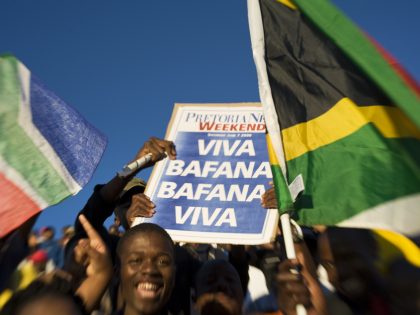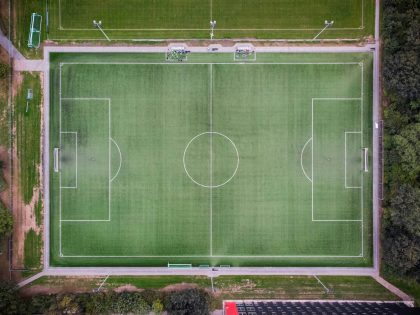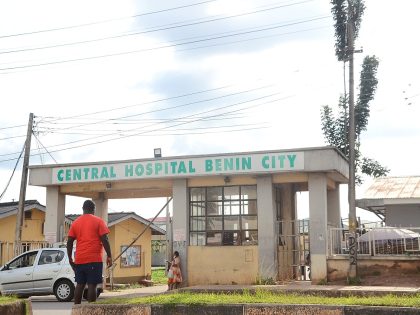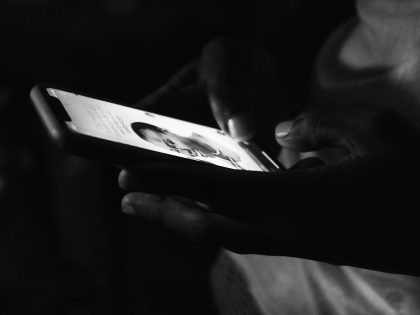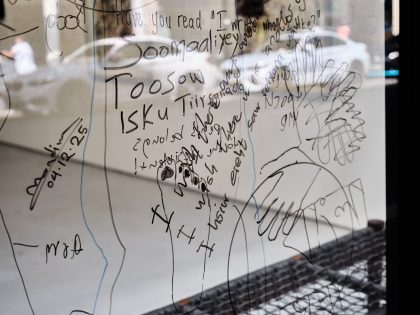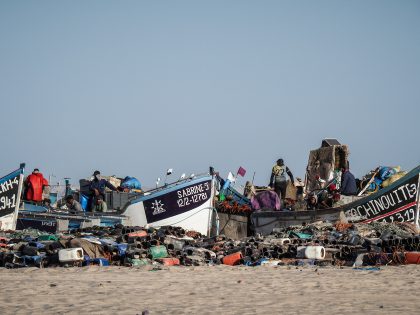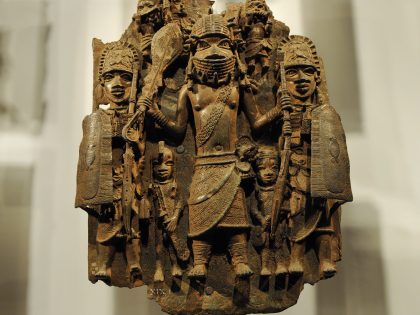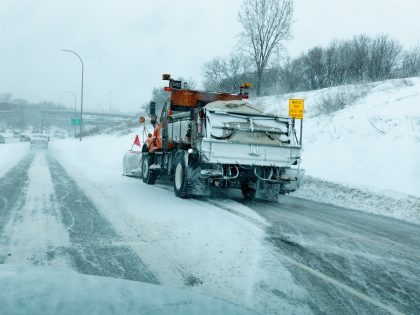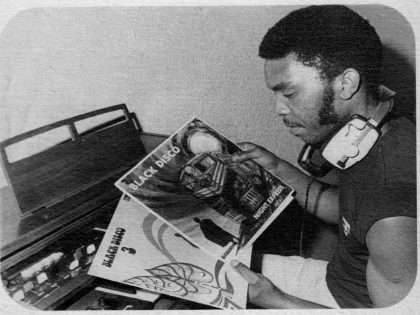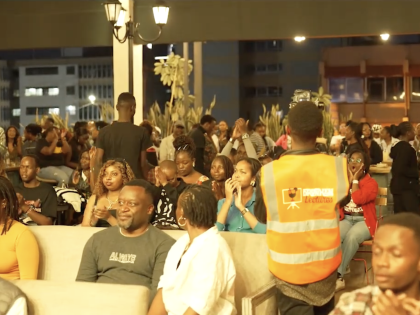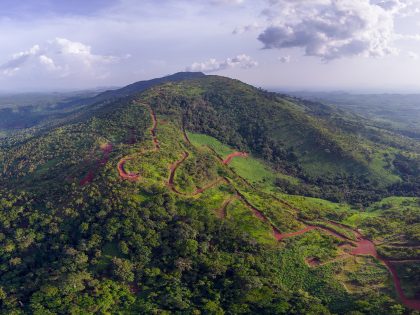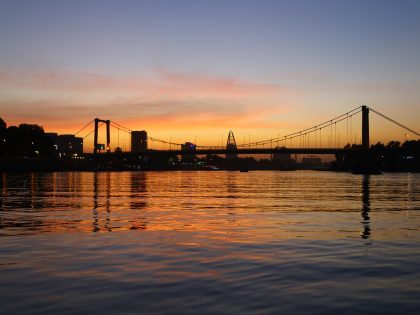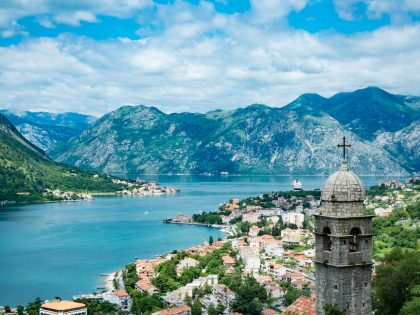Photographing the African Diaspora in New York City
A group of graduate students in New York photograph the city's immigrant and refugee communities, especially the African ones.

From Toni Akindele's images of Ghanaians in The Bronx, NY.
In a world ever more saturated by images, understanding how to read pictures has never been more important. In a course this summer at The New School’s Graduate Programs in International Affairs, students learned how to read images, and also how to make them. We began by looking at other people’s photographs and thinking about the choices photographers make and the stories their images tell. The conversations changed as students embarked on their own photo projects in New York-based ethnic enclaves. Students photographed all around the five boroughs – from Ghanaian hair salons in the Bronx to Taiwanese restaurants in Queens. Three students focused on African diaspora groups.
Selected images of student projects are below, and more are on our class website.
Here’s student photographer Gladys Ekoto on why she wanted to work with Cameroonians in New York:
I have selected a Cameroonian community as my diaspora country project. The community is located in the Bronx, New York. I am interested in this diaspora because I would like to be part of another community besides Harlem. I heard of a Cameroonian diaspora nine years ago and never attended any meeting or cultural events. Being born in Cameroon I feel the time is right to be an active member of a community of my country of birth. In addition, I am drawn to the group because I feel that I am loosing that part (Cameroon) of my identity. This project will allow me to rectify that situation.
An example of Grace’s work:

Aaron Leaf on a trans-border diaspora:
While Fula people live across a dozen or more West African countries, the Fula community of Brooklyn traces its roots primarily to the region around the Senegal river in modern day Mauritania and Senegal. At the intersection of Fulton and Franklin in Bed-Stuy, there are a handful of Fula businesses, an upstairs Mosque, and the national headquarters of the Pulaar Speaking Association, a Fula mutual-aid organization with branches in 26 American states including Alaska. I profiled leaders, attended events and shadowed artists to create these images from a thriving community.

Toni Akindele on hair cuts and celebrities:
Located off of McClellan Street, Peace & Love Barbershop and Hair-braiding is the focal point of the Ghanaian diaspora in the Bronx. While the shop’s services include haircuts, shaves, twits, weaves, and braids, the Bronx’s Ashanti people gather along McClellan to watch soccer matches and Nollywood films, play checkers, or enjoy kabob and jollof rice at Papaye Restaurant. Peace & Love Barbershop owner, Dada, caters to various Ghanaian community members from small children to up and coming artists, legendary athletes, and prominent community leaders. Given the diverse clientele of Peace & Love, it’s no surprise to find yourself waiting for the barber chair next to celebrities like 2Face Idibia!

